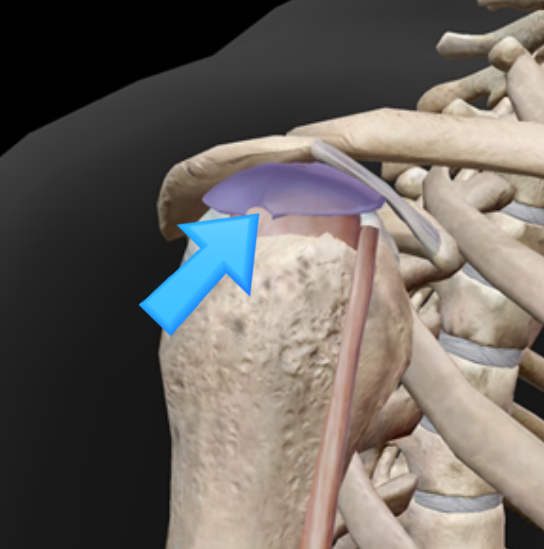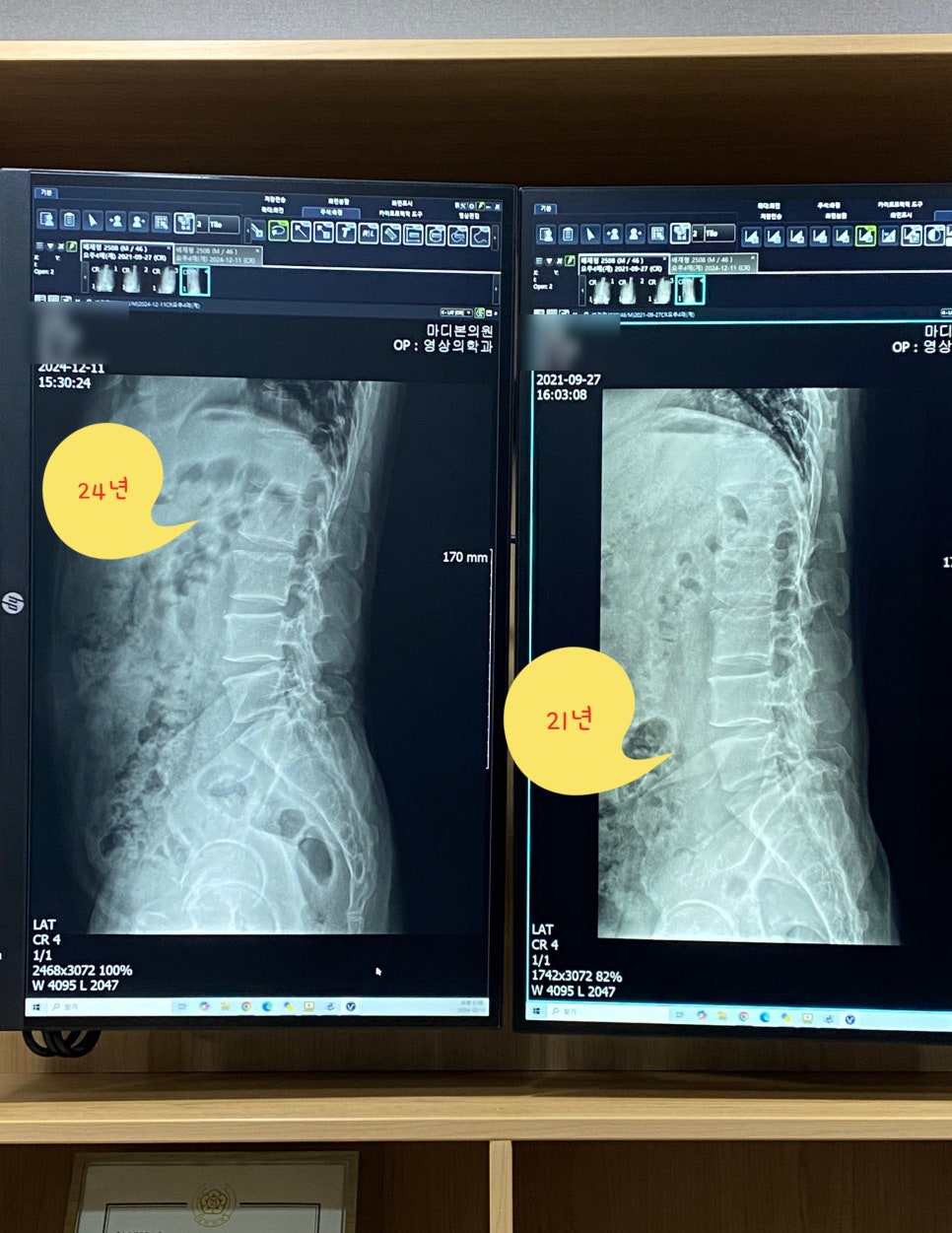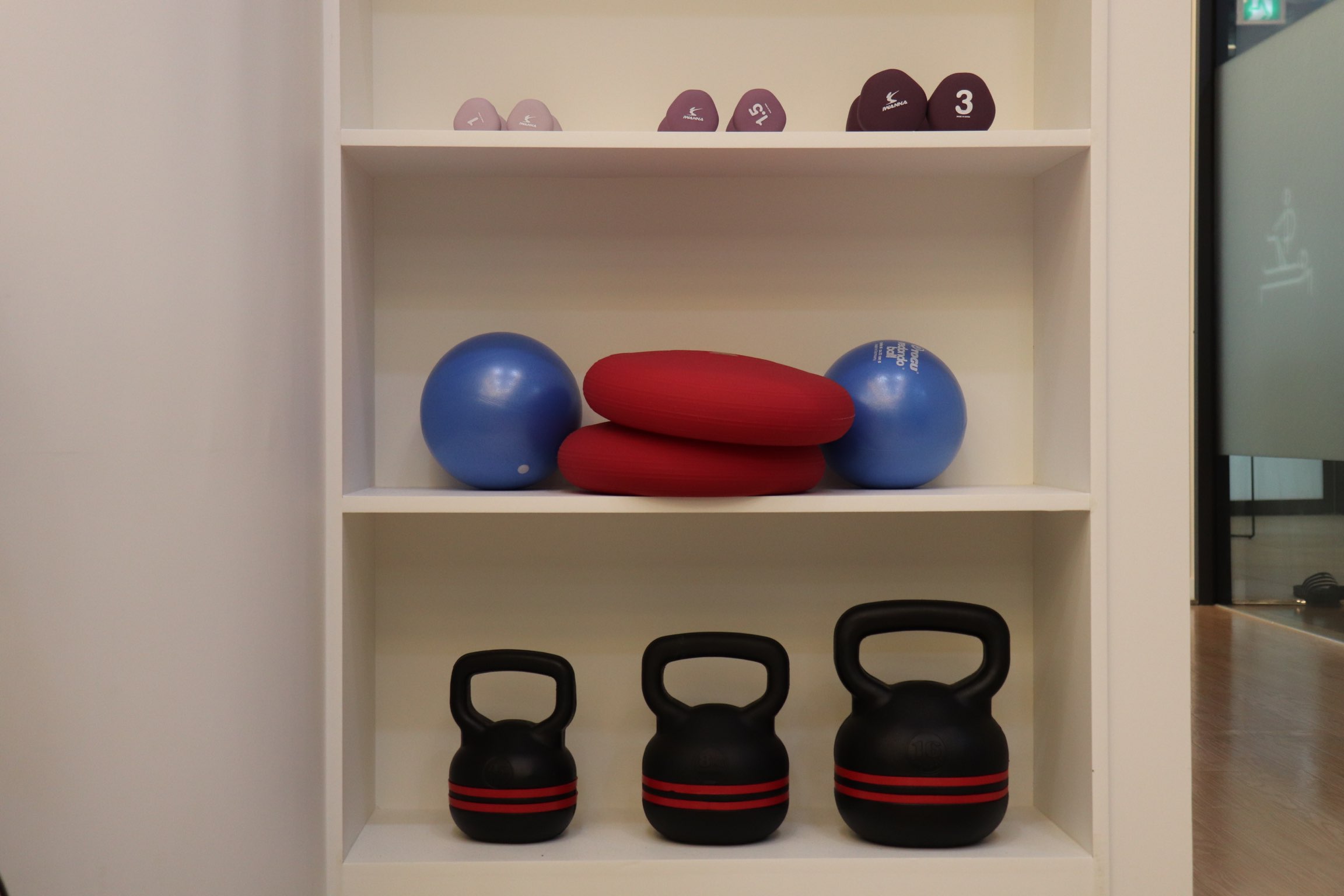Occupational Shoulder Pain: When Overuse Becomes an Injury
In our clinic, we meet patients from all walks of life — athletes, office workers, chefs, hair stylists, and more. Each profession tends to overuse certain muscle groups, which can lead to similar injuries across similar jobs. That’s why shoulder pain is often called an occupational disease in many active professions.
A Swimmer’s Shoulder Story
Today’s patient was a former competitive swimmer who now works as a swimming instructor. She visited our clinic with ongoing shoulder pain that worsened during overhead movements such as arm swings and strokes.
X-ray imaging revealed that the space between her shoulder bone and upper arm bone had narrowed — a typical sign of Shoulder Impingement Syndrome. This condition occurs when the soft tissues (such as tendons or bursae) become compressed between the humeral head and the acromion during arm elevation.
According to StatPearls (2024), shoulder impingement syndrome is “a painful condition of the upper extremity resulting from a structural narrowing of the subacromial space.” :contentReference[oaicite:0]{index=0}
Moreover, a review article (Impingement Syndrome of the Shoulder, 2016) reported that this syndrome is one of the more common underlying diagnoses in shoulder pain complaints. :contentReference[oaicite:1]{index=1}
Who Is at Risk?
Shoulder impingement commonly affects people who perform repetitive overhead motions, including:
- Swimmers, volleyball players, and tennis players
- Chefs and baristas
- Hair stylists and painters
A systematic review found that athletes performing overhead cyclic motion (particularly freestyle swimmers) have increased risk of impingement due to repetitive micro-trauma. :contentReference[oaicite:2]{index=2}
Also, a 2024 study found associations between lifestyle factors and subacromial impingement syndrome, reinforcing occupational and habitual risk elements. :contentReference[oaicite:3]{index=3}
Why Early Diagnosis Matters
When inflammation and friction persist, the rotator cuff tendons can gradually degenerate, leading to chronic pain or even a partial tear. That’s why early evaluation and treatment are essential — before the condition progresses to a degenerative stage.
As noted in “Shoulder Impingement Syndrome – From Pathology to Treatment” (2021), conservative therapy combining exercise and rehabilitation is preferred before surgical intervention in athletes. :contentReference[oaicite:4]{index=4}
Treatment Options at MADI-BONE CLINIC
1. Injection Therapy
For patients with significant inflammation or swelling, targeted injection therapy can help reduce inflammation and relieve pain quickly. This approach temporarily widens the narrowed space in the shoulder, reducing irritation during movement.
Corticosteroid injections in subacromial impingement syndrome patients have shown greater improvement in shoulder function compared to no injection, according to a recent review. :contentReference[oaicite:5]{index=5}
2. Exercise & Rehabilitation
In addition to injections, strengthening the rotator cuff muscles and correcting posture are essential to prevent recurrence. Studies demonstrate that exercise therapy is the first-line treatment to improve pain, mobility, and function in adults with subacromial impingement syndrome. :contentReference[oaicite:6]{index=6}
For swimmers or professionals who cannot fully rest the shoulder — such as swimming instructors — a combination of conservative treatment and controlled rehabilitation is the most realistic and effective approach.
When in Pain, Don’t Wait
Ignoring shoulder pain can lead to chronic inflammation or degenerative damage over time. If you experience discomfort when lifting your arm or performing overhead motions, it’s best to seek medical evaluation early. At MADI-BONE CLINIC, we use advanced diagnostic tools including X-ray, ultrasound, and C-arm imaging to identify the root cause quickly.
Visit MADI-BONE CLINIC in Gangnam
MADI-BONE CLINIC
3rd Floor, 428 Seolleung-ro, Gangnam-gu, Seoul
🚇 Seolleung Station (Line 2), Exit 1 — 3 minutes on foot
📞 02-736-2626
⏰ Mon–Fri 09:30–18:30 / Sat 09:30–13:00 / Closed on Sundays & Public Holidays
Sources: StatPearls (2024); Impingement Syndrome of the Shoulder (2016); Johnson et al. (1987); Bolia IK (2021); Sadri SF et al. (2024).
This article is for educational purposes only and should not replace a professional medical diagnosis or treatment plan.


